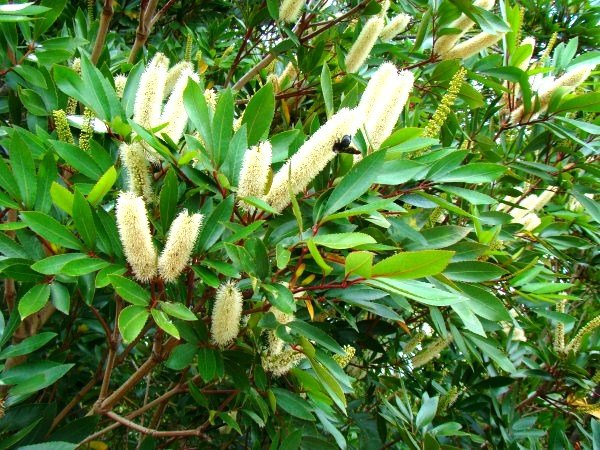Cunonia capensis

Author: Ivan Lätti
Photographer: Ricky Mauer
Cunonia capensis, commonly the red alder or butterspoon tree and in Afrikaans the rooiels (red awl), is a small to medium, evergreen coastal tree (SA Tree List No. 140). The latter two common names are derived from the stem-tip pair of cohering stipules on a long stalk, appressing the new growth and resembling a butterspoon or an awl (called els in Afrikaans).
There is only this one South African species in the genus that is, however, not monotypic as there are about 16 species at least and mainly in New Caledonia near Australia.
The leaves are opposite, compound with a terminal leaflet, lanceolate with entire margins and are attractively dark green (imparipinnate). Young leaves are usually red and glossy.
The flowers are conspicuous creamy spikes blooming in summer and autumn. The fruit is a leathery capsule.
The species is distributed in nature from the Cape Peninsula in the Western Cape along the south coast to the Eastern Cape and the east coast to KwaZulu-Natal.
This tree grows near rivers and in moist forest areas at low altitude. The habitat population is deemed of least concern early in the twenty first century.
The insect on the flower in picture is one of countless visitors, including birds that frequent this tree in the blooming season (Coates Palgrave, 2002; www.plantzafrica.com; http://redlist.sanbi.org).

